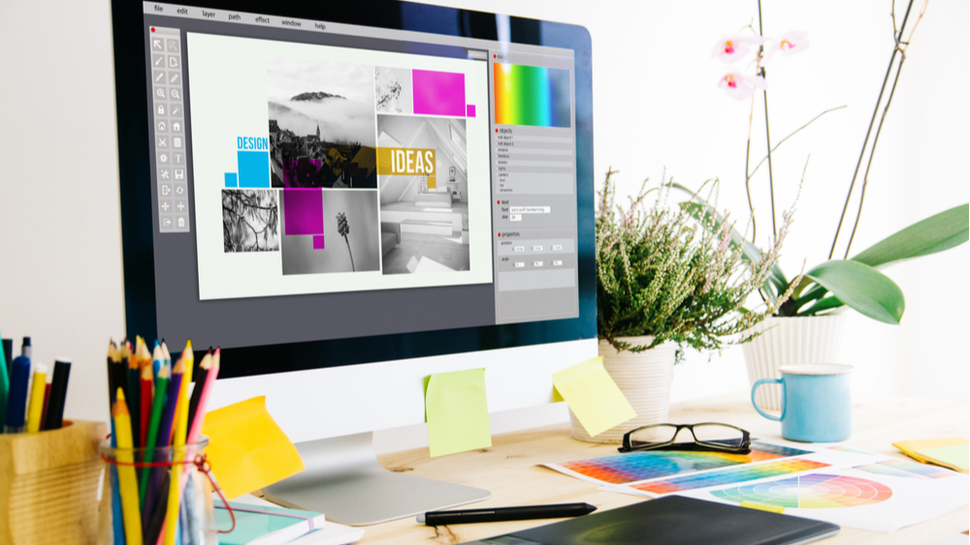ABCDou Insights
Exploring the world of news, trends, and information.
Design Software: Where Pixels Meet Possibilities
Unleash your creativity! Discover the best design software where pixels transform into endless possibilities for your next project.
Top 10 Essential Design Software Tools for Every Creative
In the world of creative design, having the right tools can make all the difference. Whether you're a graphic designer, web developer, or digital artist, the software you choose can greatly enhance your workflow and output. Here are the Top 10 Essential Design Software Tools every creative should consider:
- Adobe Photoshop - A must-have for image editing and manipulation.
- Adobe Illustrator - The standard for vector graphic design.
- Sketch - Perfect for UI and web design.
- Figma - A collaborative interface design tool.
- Canva - User-friendly software for quick graphic design projects.
- CorelDRAW - Another powerful vector graphic editor.
- InVision - Great for prototyping and workflow management.
- Affinity Designer - A cost-effective alternative to Adobe products.
- GIMP - A free option for photo editing and graphic design.
- AutoCAD - Essential for architectural and engineering design.

How to Choose the Right Design Software for Your Project
Choosing the right design software for your project is crucial for achieving the best results. Start by assessing your specific needs. Consider factors such as the type of design you’re working on, whether it’s graphic design, web design, or industrial design. Compile a list of features that are essential for your project, such as vector editing capabilities or 3D modeling support. Additionally, think about your budget and whether you prefer a one-time purchase or a subscription model. By laying out these criteria, you can narrow down your options effectively.
Once you have your criteria, it’s helpful to compare design software based on user reviews and expert recommendations. Look for software that has a user-friendly interface, as this can significantly reduce your learning curve. It's also beneficial to try out free trials or demo versions of the software you’re considering. This allows you to test features and gauge whether the tool fits your workflow. Ultimately, the right choice will enhance your productivity, making it easier to bring your creative vision to life.
What Are the Key Features to Look for in Design Software?
When selecting design software, it's crucial to consider key features that enhance your productivity and creative output. First and foremost, user interface (UI) and user experience (UX) are paramount; intuitive navigation can significantly reduce your learning curve. Look for software that offers a customizable workspace and easy access to tools and features. Additionally, support for multiple file formats is essential, ensuring compatibility with other programs and the ability to share your work seamlessly across different platforms.
Another important feature to evaluate is the availability of advanced tools and features tailored to your specific design needs. Collaboration capabilities are also vital, especially if you work in a team environment, as they allow for real-time feedback and sharing of ideas. Don’t overlook customer support and community resources, as having access to tutorials and forums can greatly enhance your learning experience. Lastly, consider the software's scalability; you want a solution that can grow with your skills and projects over time.